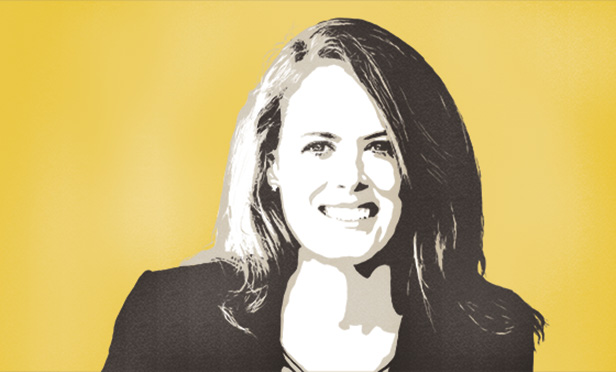

This is a good news/bad news story. First, the bad news: The chances of the traditional wealth-management business model working in the future are slim to none.
Here's the good news: This change is not going to happen overnight, and you can do something to prevent it from hurting your business, starting today. The first step is to recognize the five key trends that are changing the face of the financial advisory industry.
Trend 1: Millennial investors are a force.
Millennials now are between about 25 and 40 years old. Historically, that's the period when prior generations were well into their careers, had started families and had come to accept that they need to take their financial lives seriously.
Millennials are no exception, but what they are looking for financially is a bit different than from what their baby boomer parents have looked for. Studies of millennial investors show that less than 15% are using digital technology to invest by themselves.
The bad news is that roughly 20-25% of them work exclusively with an advisor already. However, the remaining millennial investors are either searching or learning — as they want to get up to speed on financial basics. This spells "opportunity" for advisors who offer the education millennials are looking for.
Today, through 24/7 digital-based educational technology platforms, millennials are seeking to learn the intricacies of the financial markets, cash flow, investments, education planning, etc. They want to learn.
The "Google it" generation is seeking the finance education they didn't receive in high school and college en masse. If you provide them with online education, where do you think they will turn when they don't want to do it on their own anymore?
Trend 2: Transparency is expanding to the operational experience.
There are two key "experiences" in an advisory firm: the client experience (CX) and the operational experience (OX). As the name implies, CX is what a client experiences, feels and sees throughout their journey with your organization; it includes things like how many meetings they attend throughout a given year.
But OX is behind the scenes — what's under the surface that gets completed each day in carrying out the services you offer. Some examples are how trades get placed, how investment reporting is done, how financial plans get produced, how advice gets determined, etc.
The introduction of new technology and digital solutions is beginning to change OX. In particular, clients want to be involved in and understand what's happening under the surface and have the "choice" to do it themselves if they want to.
Previously, many advisory firms have prided themselves on what they "do for the client." In today's world, it's much more about what you and the client can do together — interdependently — than all the services you offer to the clients independently.
Trend 3: Holistic advice has finally caught on and is sweeping through advisory firms.
While it's true that 85% of the wealth in the United States is controlled by baby boomers, all demographic client segments are changing their wealth-management expectations, as millennials provide them with a different perspective on their own finances.
For instance, "holistic" advice is rapidly gaining market share. While holistic advice — that is, financial advisory services that consider all aspects of clients' lives beyond just their finances — never reached critical acceptance with boomers and Generation X, it appears to resonate with millennials.
In 2018, for example, just 9% of millennial investors opted for holistic advice from their advisors. But at the current growth rate, 30% of all advisory clients will be using it by 2025. This is big news for financial advisory firms already offering holistic advice within their wealth- management and investment-management models.



